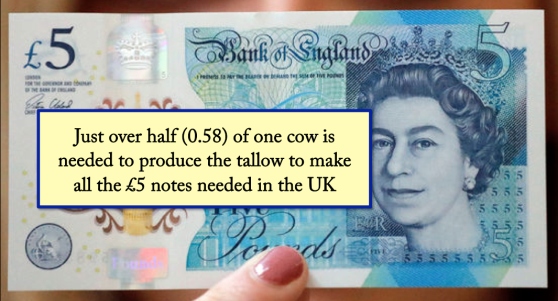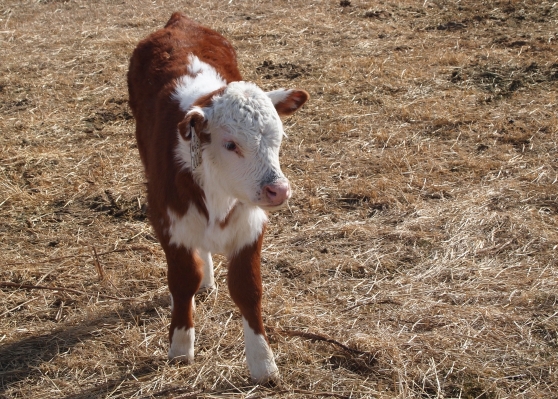 Apparently it’s World Vegan Month (WVM). This may come as a surprise to those who have adopted vegan diets, not out of choice, but simply because they cannot afford or have access to animal products, but I digress. According to the Vegan Society, WVM is a time to recognise how far the vegan movement has come, to highlight how accessible and beneficial a vegan lifestyle can be and to encourage the vegan-curious to adopt veganism by sharing advice, recipes and ideas. Judging by the preponderance of plant-based “mylk” in the reduced section of my local supermarket (pic), it may not be entirely successful – indeed, recent media coverage has been anything but celebratory.
Apparently it’s World Vegan Month (WVM). This may come as a surprise to those who have adopted vegan diets, not out of choice, but simply because they cannot afford or have access to animal products, but I digress. According to the Vegan Society, WVM is a time to recognise how far the vegan movement has come, to highlight how accessible and beneficial a vegan lifestyle can be and to encourage the vegan-curious to adopt veganism by sharing advice, recipes and ideas. Judging by the preponderance of plant-based “mylk” in the reduced section of my local supermarket (pic), it may not be entirely successful – indeed, recent media coverage has been anything but celebratory.
First, the news that an editor of Waitrose magazine resigned after making very ill-advised comments via email, not simply to a friend or colleague, but to a vegan journalist who then posted the comments to Twitter. Cue predictable outrage and headlines including: “Waitrose magazine editor causes outrage after he suggests ‘killing vegans.’” In the editor’s defence, he actually suggested (apparently as a joke): “How about a series on killing vegans, one by one. Ways to trap them? How to interrogate them properly? Expose their hypocrisy? Force-feed them meat? Make them eat steak and drink red wine?” Misguided? Yes. Silly? Yes. Actually threatening death or bodily harm? No.
My friend @Selene_Nelson pitched a series of #vegan recipes to @WilliamSitwell at @Waitrose Magazine and got this absolutely mind boggling response: https://t.co/LS5WKsM7Xj pic.twitter.com/FVjNrRJ7cy
— Nick Chowdrey (@nickchef88) October 29, 2018
By contrast, a farm shop in Devon that advertised their Christmas turkeys had “murderer” and “go vegan” sprayed across their windows, and received anonymous phone calls where they were asked: “How would you like it if I cut you up and put you on the counter?” and “You should be the ones being killed because your life is worth less than that of the innocent animals which you are murdering.”
The most-common response from vegans to these threats? “That’s simply a sub-section of activists, we don’t support threats or abuse.” While I have no doubt that the average pleasant, law-abiding, non-activist vegan would not endorse or carry out such activities, it highlights an interesting double standard. Many who protest against livestock farming use photos of normal husbandry practices labelled with misleading captions – for example, that is not a captive bolt in the photo below, it’s a dehorning tool – it’s as lethal to a calf as an iPhone or cup of coffee.

Moreover, many posts on social media include information about and/or photos/video clips of bad practices or animal cruelty, often years-old or captured in other countries. When farmers point out that on their farm (or indeed, in their entire country or region), practice X does not occur and that they would never condone animal cruelty, the response is: “Some farmers do, therefore you’re all guilty.”
It’s not possible to have your milk and drink it – disclaiming responsibility for activist activities performed in the name of veganism, yet suggesting that all farmers are responsible for the bad practices demonstrated by a few bad apples, is an extreme double standard. There is no place in livestock farming for animal abuse or poor welfare and we all have a responsibility to make sure that it does not occur, yet it’s time for the same principle to be applied to activism. Can you really preach peace, love and compassion for animals while ignoring attacks on humans? I’d suggest not.

 For example, is suggesting that we shouldn’t drink milk past-weaning because other animals do not, either upheld by science (
For example, is suggesting that we shouldn’t drink milk past-weaning because other animals do not, either upheld by science (

 The Advertising Standards Authority in the UK have just ruled that it’s
The Advertising Standards Authority in the UK have just ruled that it’s 
 Last week I was lucky enough to chat with the fabulous
Last week I was lucky enough to chat with the fabulous 
 This week I was asked to respond to an
This week I was asked to respond to an  Many of those who are protesting are vegetarian (as opposed to vegan), thus still consume milk, eggs, honey and other non-meat animal products. Given that
Many of those who are protesting are vegetarian (as opposed to vegan), thus still consume milk, eggs, honey and other non-meat animal products. Given that  As I have mentioned in previous blog posts, myriad everyday products contain by-products from cattle. Given the current outcry, once can only assume that those who
As I have mentioned in previous blog posts, myriad everyday products contain by-products from cattle. Given the current outcry, once can only assume that those who 



 For those of us in the UK, mentioning Danish livestock production almost inevitably leads to thoughts of Danish bacon (be still my beating heart) – a considerable proportion of their
For those of us in the UK, mentioning Danish livestock production almost inevitably leads to thoughts of Danish bacon (be still my beating heart) – a considerable proportion of their